Genesis
Buy Genesis Although it is titled like an eponymous debut, Genesis was actually the twelfth studio album by Genesis. The group decided to name it such because it is the first album on […]
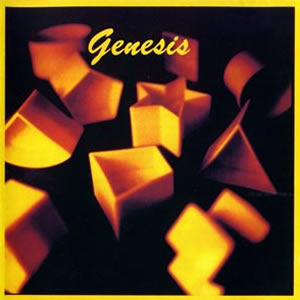
Buy Genesis Although it is titled like an eponymous debut, Genesis was actually the twelfth studio album by Genesis. The group decided to name it such because it is the first album on […]
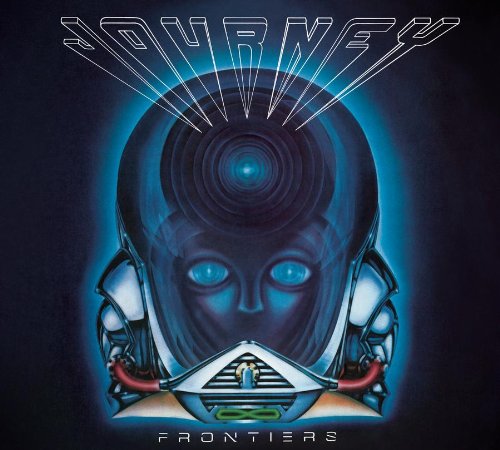
buy Frontiers Although not quite the commercial blockbuster of their previous album Escape, Journey‘s 1983 album Frontiers was a very close second commercially. The album reached #2 on the US charts, would garner […]
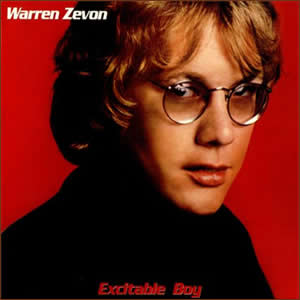
Buy Excitable Boy Excitable Boy was Warren Zevon’s follow up to his self-titled 1976 album which established Zevon as a rising talent in the Los Angeles singer/songwriter community. Once again, Zevon teamed up […]
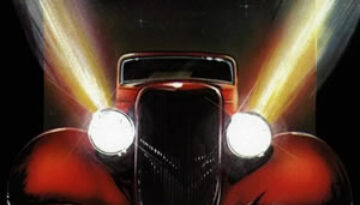
Buy Eliminator Since their inception in 1969, ZZ Top had a strong and successful career with decent album sales and scattered radio hits through the 1970s and into the early 1980s. With their […]
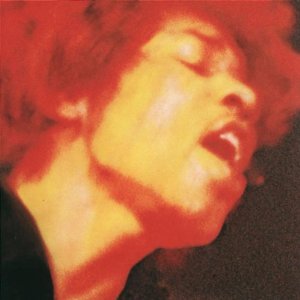
Buy Electric Ladyland While Jimi Hendrix is an undeniable rock legend on his own, the group Jimi Hendrix Experience were a formidable power trio for a short but important period. Electric Ladyland was […]
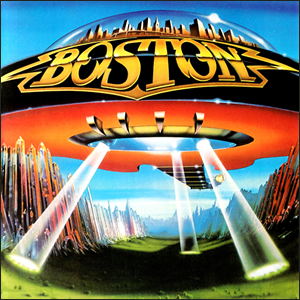
Buy Don’t Look Back Don’t Look Back was the much anticipated second album by Boston. After the unprecedented success of the group’s debut album, the two year wait was considered a long gap between […]
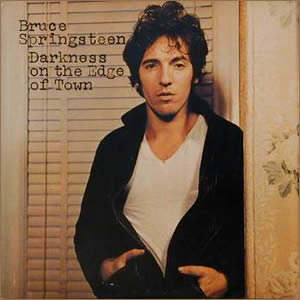
Buy Darkness On the Edge of Town Bruce Springsteen set out to make a rural influenced album with Darkness On the Edge of Town, the long awaited follow-up to his 1975 breakthrough, Born to […]
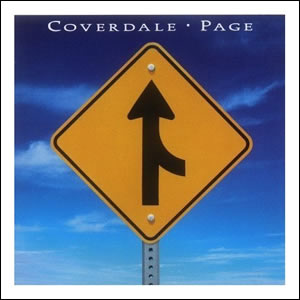
Buy Coverdale-Page Coverdale/Page was a collaboration featuring former Led Zeppelin guitarist Jimmy Page and former Whitesnake and former Deep Purple lead vocalist David Coverdale. The union of these two seemed like an odd […]
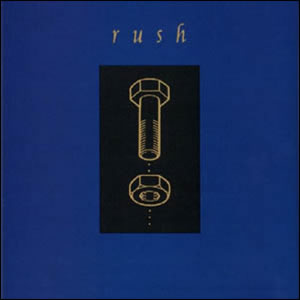
While there is a definite break from the pop-leaning, synth-fused sound that had defined the Rush sound since the mid-1980s, their evolution back towards rock was not quite complete on Counterparts. Some have […]
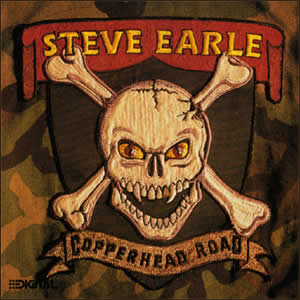
Buy Copperhead Road Steve Earle has always woven in and out of the outlaw country genre exploring different sectors of musical territory. Back in 1988, Earle took his first major turn into what […]